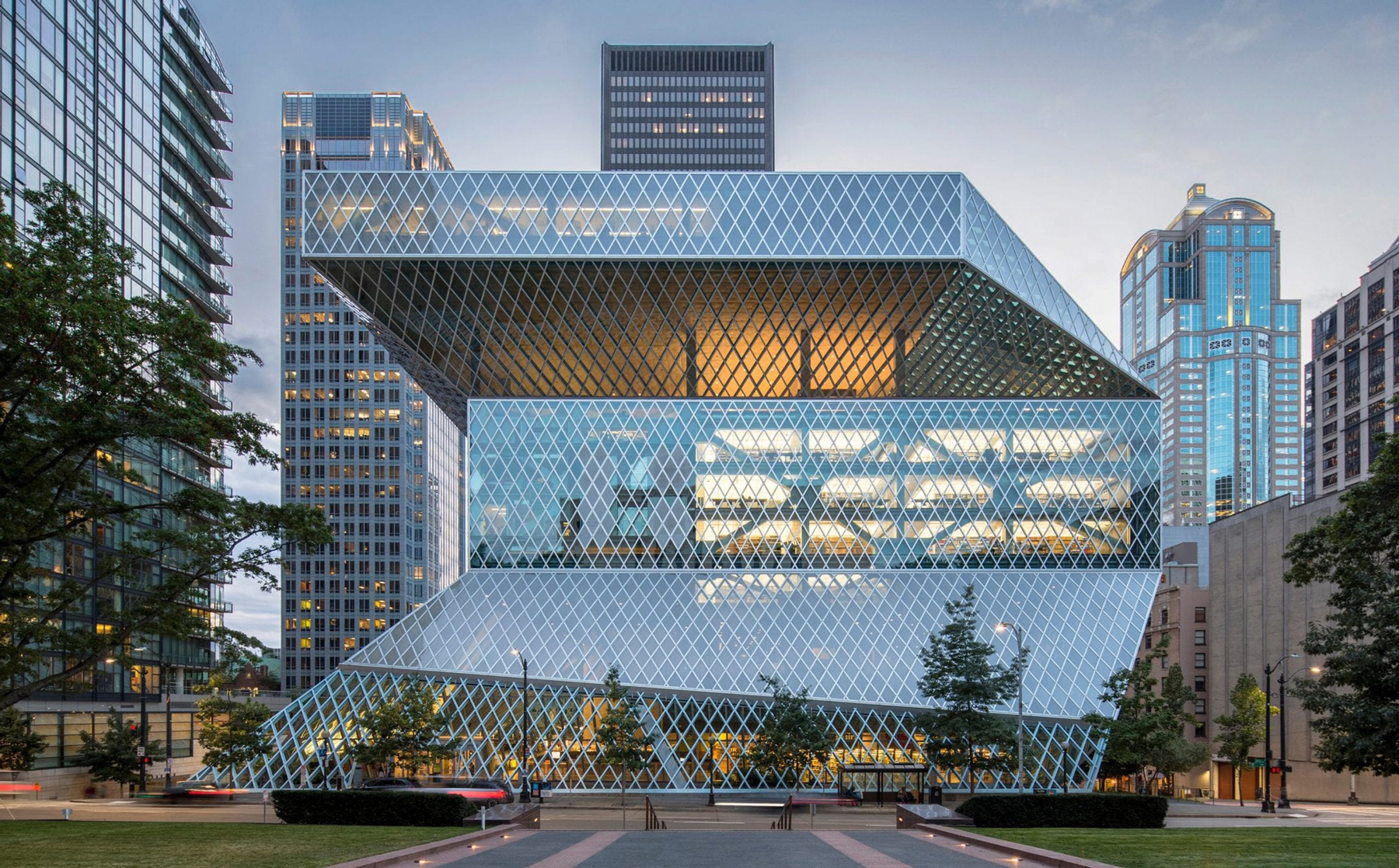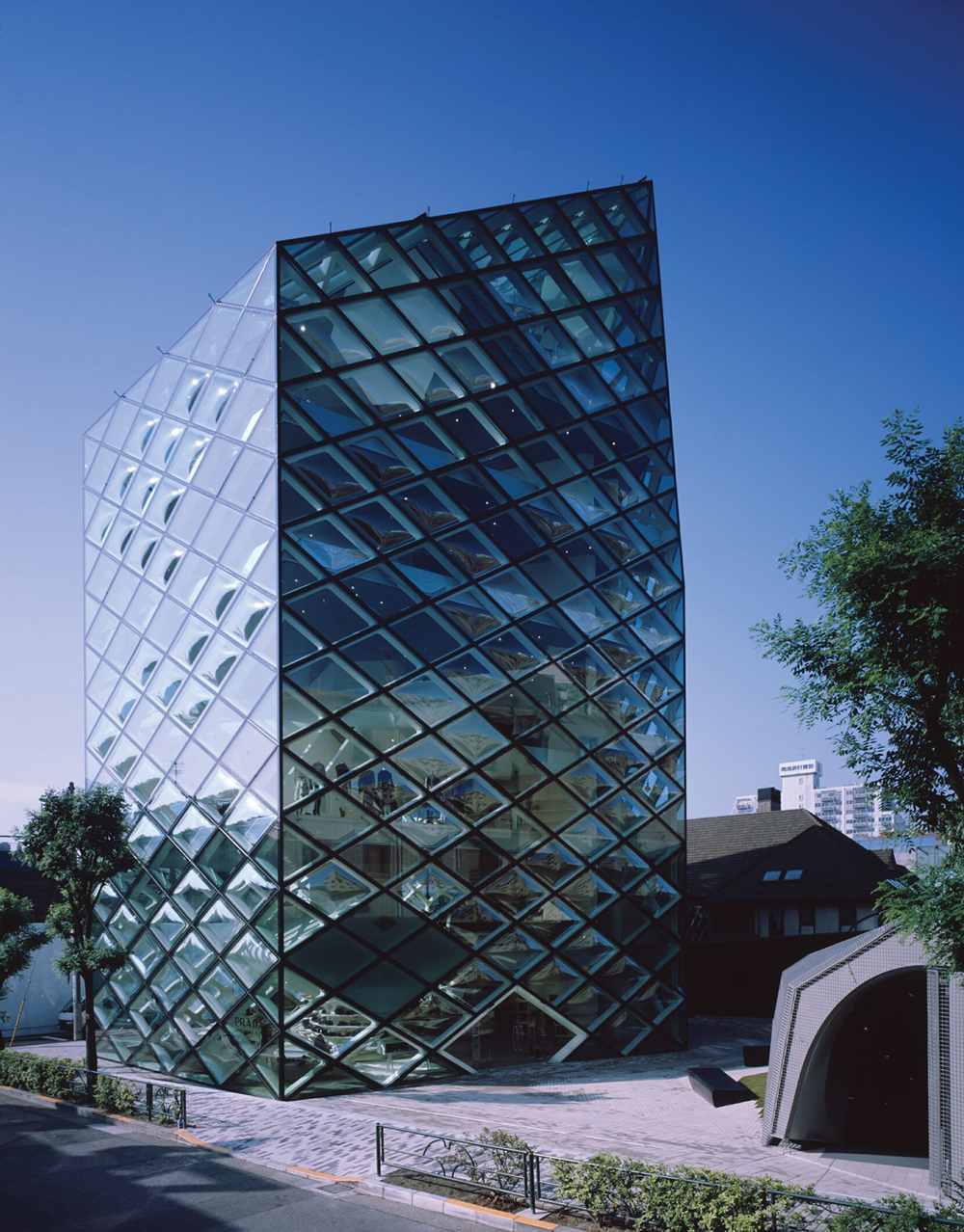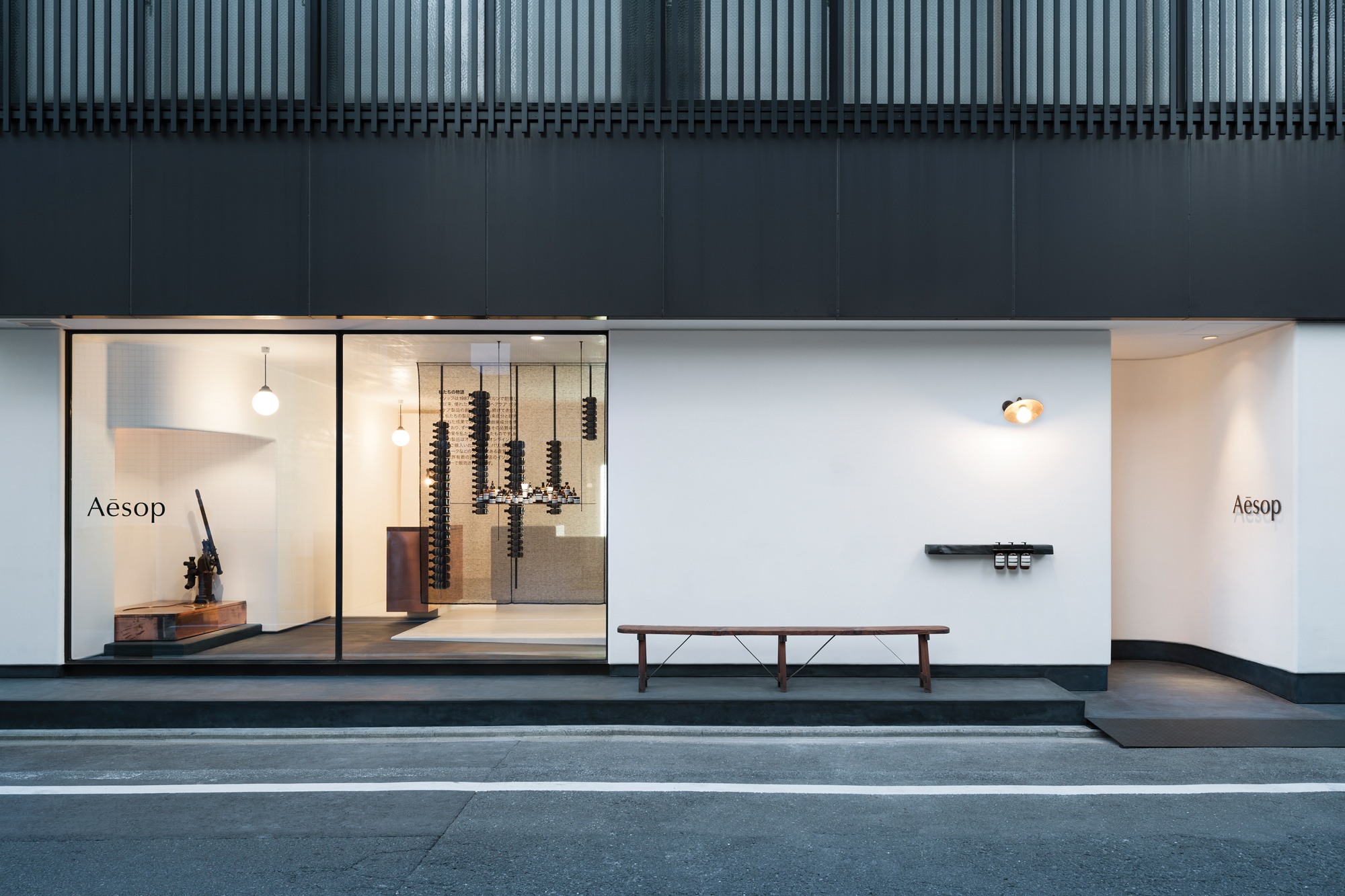When your mentor and former partner is Rem Koolhaas, arguably the most prominent contemporary architect, it seems nigh-impossible to escape his shadow. But Joshua Prince-Ramus, who once headed the New York branch of Koolhaas’s Office of Metropolitan Architecture (OMA), has proven himself more than merely successive of OMA’s glory. Already, Prince-Ramus has been named by Wallpaper* Magazine as one of the most influential architects under 50. If he is to become the next prince of architecture, it is not through inheritance, but revolution.
Along with former OMA colleague Erez Ella, Prince-Ramus heads the New York-based firm REX, where they are reinventing architecture. Prince-Ramus is well-positioned to step into the role of the star-architect figure, with his prestigious past and the Seattle Central Library under his belt.
Prince-Ramus not only defers but actively rejects the mantle, choosing through REX to advocate an environment of collaboration and rationality. Prince-Ramus never takes sole credit for any of his projects, emphasizing instead the process of architecture as the output of a creative team. Perhaps, having worked with a universally revered figure such as Koolhaas, Prince-Ramus intimately understands the importance of dispelling the myth of architectural genius.
Beyond pedagogy, REX is changing the way we think about contemporary architecture. Prince-Ramus’s beliefs with regards to how buildings function both within cities and within themselves give importance to the user experience and adaptability. In a generation where so much emphasis is placed on architecture as celebrity expression, REX advocates for architecture, quite simply, for the people.
At a showcase unveiling his latest installation for Calvin Klein, we spoke briefly to Prince-Ramus about the sleek, modernist structure, and his approaches to architecture. Breaking away from traditional formats of presentation, Prince-Ramus leans in favour of using an architectural display to highlight the more playful side of the brand.

Fashion showcases usually fall back on the catwalk to display outfits. But your collaborations with Calvin Klein unconventionally applies architecture to fashion.
The most important aim of architecture, in this instance, was capturing the Calvin
Klein brand–exquisite elegance combined with a little bit of naughtiness. We wanted to make a building that was still modern–that is, befitting of the Calvin Klein image–but also a little disobedient. So we injected a little bit of voyeurism: that was the concept behind the whole showcase.
On the theme of voyeurism–am I correct in assuming that the models can’t actually see what’s happening outside?
Yes; they can see what’s happening in some places within the house, but in other areas, you can see them and they can’t see you. There’s also one place in which one model is filming all the other models.
That is voyeuristic. What’s the inspiration behind this showcase’s theme of privacy and enclosure?
It’s actually what Calvin Klein asked for–they wanted to play with the idea of voyeurism. Initially, we weren’t sure if the showcase should be a catwalk, like you said earlier, or if it should be a true home. But in the end, we decided that it was better to make the showcase a house, where each collection is in a different room.
REX embraces the banality of architecture. That’s quite an interesting position, particularly when the current emphasis is on iconic, personality-driven architecture. ‘Starchitecture’, if you will. Everyone seems to want uniqueness. With regards to that, what is the place of what you call ‘dumb’ architecture in a contemporary context?
By ‘dumb’, I meant that it’s incredibly hard to do something simple. Most people think that endless additions are exciting–but actually, if you can reduce, that’s better. For us, ‘dumb’ is not a bad word. Sometimes, the most obvious solutions can be the most radical. They’re so simple; everyone thinks you could never do that. But when you (actually) do, people are really surprised. We try to search for things like that–for unconventionally direct solutions. In our experience, that search always leads to something exciting and unusual. To something you don’t expect at all.
In previous interviews you’ve frequently discussed the importance of the architect’s role, and the extent of intervention. Some of your projects such as the Seattle Central Library are designed to be multipurpose–that is, to be alterable in their program and function over time. Do you think that future architectures should seek to be less driven by the architect in this way, and cede to the will of the city?
I think it’s inevitable to start thinking about buildings in terms of their immediate use, the evolution of that use, and for uses that we can’t even conceive of. It’s just going to be the way we have to go: if we’re going to build less and less buildings, then we’re going to have to adapt and re-use already existing buildings. Architects therefore have to change their thinking about structure. They have to conceive of 150-year structures–they have to plan for the transformation of buildings over time. And I don’t think architects are used to that yet. It’s not yet obvious to them. But in time to come, it should be as basic as dealing with gravity. Architects will need to become designers of systems and strategies, and not only designers of objects.
And so that is what you implement in your urban design.
Yes–I don’t believe in traditional urban design. I don’t think a single hand can create a truly compelling urban experience. A single hand can create an underlying strategy in which many different possible plans of the future could occur, but it can’t attempt to control those plans. A single hand should simply attempt to program specific experiences that must happen in order for the urban design to be credible, but should then let that design grow organically around the initial underlying strategy.
So would you say that the key to good architecture is to design for opportunities?
Yes–in fact, absolutely! Architects should design systems that not only allow the unexpected to happen, but also allow for uncontrolled juxtapositions. Outcomes over which the architect exercises no real control are becoming increasingly important. Architects must allow the users of buildings to invent activity. In the office, we call this ‘productively losing control’. Traditionally, architects are all about control. But if we cultivate losing control a little more, I think architecture will become more exciting.


On a related note, you studied philosophy before going into architecture. How has philosophy impacted your view of architecture, particularly the theoretical aspects of the discipline?
Studying philosophy has significantly changed my beliefs. Unfortunately, the last 100 years (in architectural discourse) has seen a tension between form and function–people are either formalists, or functionalists. I don’t understand why we do that. I think it’s just more interesting to talk instead about a building performing. If it’s beautiful, it’s performing. If it’s functional, it’s performing. The reason I stopped studying philosophy was because I didn’t see people putting philosophical ideas into practice. Too many people see philosophy as an academic study, when really it should be like religion: if you believe in philosophy, you should take it into your everyday.
But most academics don’t look at philosophy that way. And that really made me... well, sad. It just disenchanted me. I wanted to take those ideas and put them into the world–and architecture, some people believe, can socially engineer. I happen to be one of those people. Have you seen Patrick Schumacher’s rant recently? He claims that architecture is not politics, economics, sociology or art. I couldn’t disagree more. I think architecture is, and should be, exactly all of those things. There’s no reason why architects shouldn’t have agendas: having agendas doesn’t mean that we don’t also leave space for users to have their own agendas. To say that architects are just about making experience? I think that would be a real pity.
That’s why your approach to architecture has been described by some to be ‘performance-based’...
Yes, because performance is a nice combination of form and function: it has the word ‘form’ in it, but at the same time implies a kind of functionality. Performance recognizes that both are relevant. Whatever the client and the architect define success as, that’s performance. It’s a win-win situation that forgets stupid arguments about prioritizing one over the other.
Cultivating the loss of control is similar to disregarding convention, which you specifically advised the youth to do in a recent interview. Do you have any further advice for young aspiring architects and artists?
I think that youthful, critical naiveté is the most powerful thing that you can design with. I think the biggest mistake older architects make is being unable to look past convention. In my office, we have a culture of young architects attempting, over and over again, to, in a way, reinvent the wheel. They fail repeatedly–the more senior designers see this, and look at me with frustration. They ask, ‘Why are you letting them do this?’ I say, ‘Just wait.’ These young architects will continue failing, again and again, until they’ve suddenly reinvented the wheel. It happens maybe one out of ten, or one out of fifteen times. But if you can reinvent the wheel once on a project, it will be amazing; and if you can reinvent the wheel three times on a project, it will be a masterpiece. We therefore spend a lot of time having the senior staff set up ground rules, while at the same time allowing the younger staff, who have a beautiful naiveté, to just explore things–things that everyone says can’t be done. These younger architects will eventually do them.
To sum it up, the crucial element to success is experimentation.
Yes–experimentation, but more precisely, cultivating naiveté. Naiveté is incredibly powerful because it doesn’t bring any baggage. So many people believe in conventions that are no longer useful or relevant. But young people don’t do that. They don’t know the conventions, so they don’t respect them. This is why we have a real reliance on youth.




